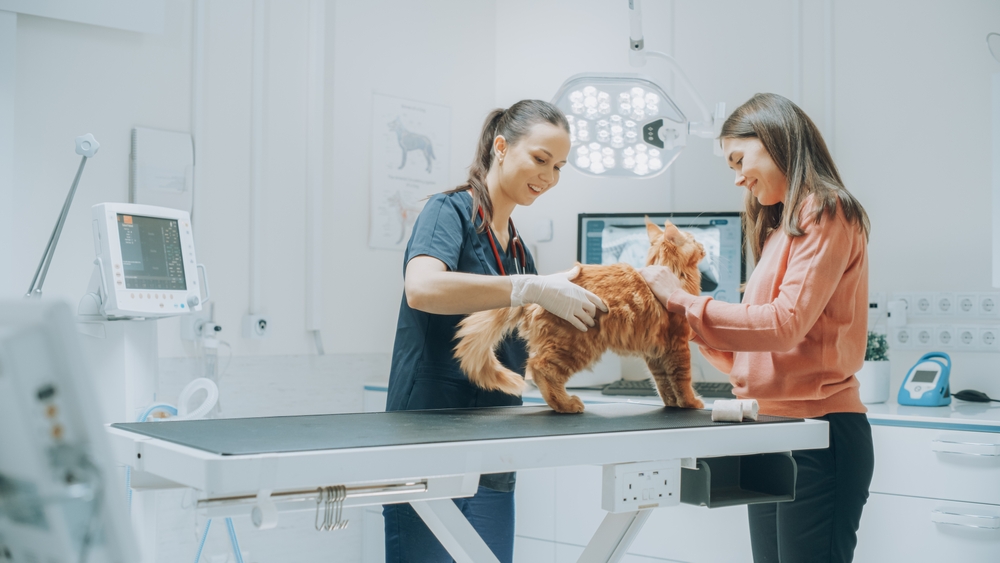Common Pet Surgeries: An Overview of What Pet Owners Need to Know

When it comes to our furry friends, their health and well-being are of utmost importance. Just like humans, pets may require surgical interventions for a variety of reasons, ranging from preventive measures to emergency situations. Understanding the common types of pet surgeries animals undergo can help owners prepare for these procedures, both emotionally and financially, ensuring the best care for their animal companions.
Spaying and Neutering
One of the most common and highly recommended surgeries for pets is spaying (for females) and neutering (for males). These procedures not only prevent unwanted litters but also offer health benefits, including reducing the risk of certain cancers and eliminating the possibility of serious conditions such as pyometra in females. Furthermore, spaying and neutering can lead to more balanced behavior, reducing the likelihood of pets running away from home in search of a mate.
Dental Surgery
Dental health is another critical aspect of a pet’s overall well-being, often overlooked until serious problems arise. Dental surgeries can range from tooth extractions to correcting dental malformations. Periodontal disease is prevalent in pets and can lead to significant health issues if not addressed. Regular dental check-ups can help catch potential problems early, but dental surgery might be necessary to resolve existing conditions and prevent further complications.
Orthopedic Surgery
Orthopedic surgeries address issues with bones, joints, and ligaments. Common procedures include repairing fractures, correcting congenital abnormalities (like hip dysplasia), and treating ligament injuries (such as anterior cruciate ligament tears). These surgeries can significantly improve a pet’s quality of life, especially for those suffering from chronic pain or mobility issues.
Foreign Body Removal
Pets, especially dogs and cats, are curious by nature and may ingest objects that can cause intestinal blockages. Foreign body removal is a critical surgery performed to remove these objects. Symptoms that may indicate a pet has ingested a foreign object include vomiting, lack of appetite, lethargy, and abdominal pain. This type of surgery is often urgent to prevent severe complications or death.
Tumor Removal
Pets can develop tumors, both benign and malignant. Surgical removal of these growths is a common procedure, particularly for cancer treatment. Early detection through regular veterinary check-ups can significantly increase the chances of successful removal and recovery. Depending on the type of tumor and its location, surgery can be a curative measure or part of a broader treatment plan including chemotherapy or radiation.
Eye Surgery
Eye surgeries in pets may be performed for various reasons, including cataract removal, correcting eyelid abnormalities (such as entropion or ectropion), and treating glaucoma. These surgeries can prevent further deterioration of the pet’s vision and, in some cases, restore sight.
Postoperative Care
Regardless of the type of surgery, postoperative care is crucial for a pet’s recovery. This includes following the veterinarian’s instructions regarding medication, wound care, activity restrictions, and follow-up appointments. Owners should monitor their pets closely for any signs of complications, such as infection or delayed healing, and maintain open communication with their veterinarian throughout the recovery process.
Conclusion
Surgical interventions can significantly enhance a pet’s quality of life, address critical health issues, and even save lives. Understanding the common types of pet surgeries and what they entail helps pet owners make informed decisions about their animal companions’ health care. At Eascor Animal Hospital, we’re dedicated to providing comprehensive information, support, and expert surgical care, ensuring that your pet receives the best possible outcome and a smooth road to recovery.
